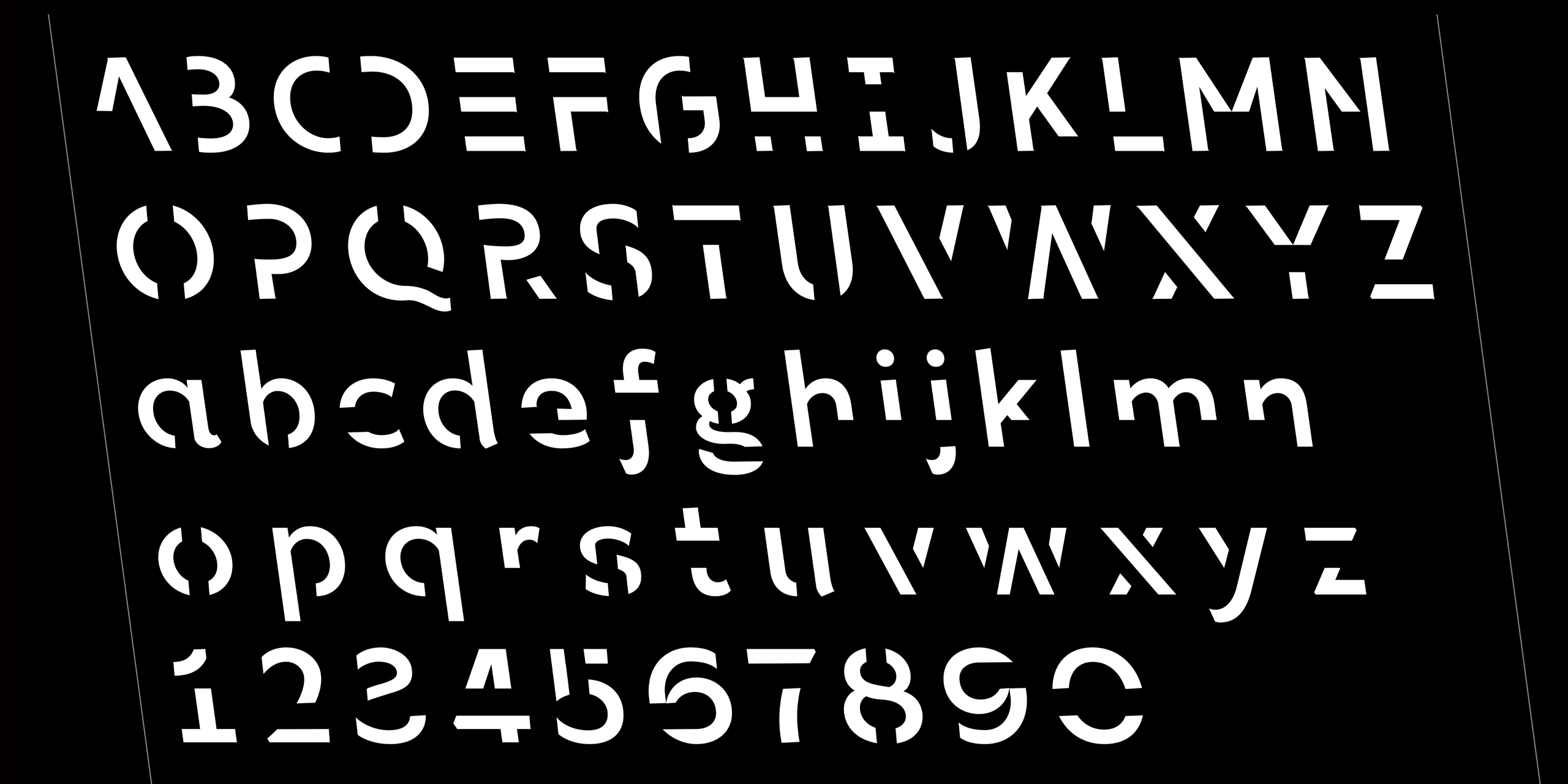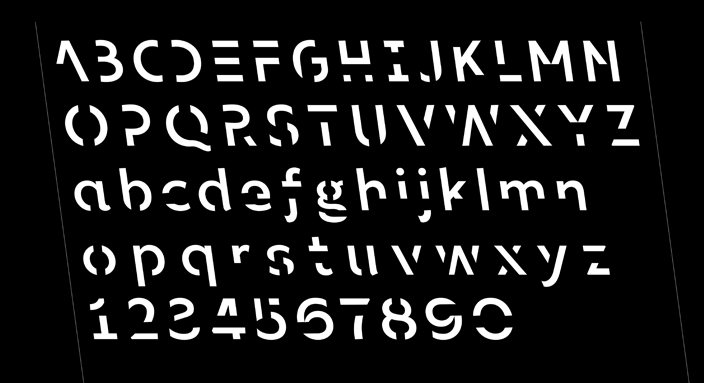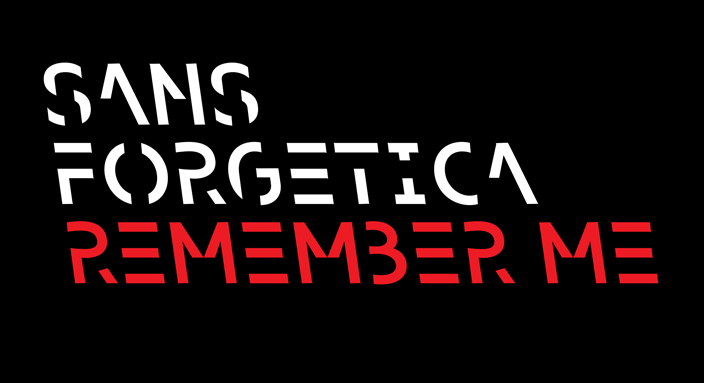The design excellence of Sans Forgetica emerges from privileging function over aesthetic form. The typeface performs its primary function (memory retention) directly through its design. In this sense the design presents an honest and unambiguous purpose – it works by being read. Its specific design features directly respond to the underlying psychological theories of ‘desirable difficulty’, including the seven degree back-slant and gapping within the letterforms, carefully engineered to preserve the communicative essence of each letter whilst building a degree of \'disfluency\'. Importantly Sans Forgetica represented a collaborative and multi-disciplinary model of design excellence.
Sans Forgetica is believed to be the world’s first typeface designed using principles of psychology to improve retention of written information.
Designed for RMIT University to assist prospective students with their exam studies, it uses balance, typicality and alignment to subvert many conventional design principles. This distinctiveness creates degrees of ‘desirable difficulty’ causing readers to dwell longer on each word, giving the brain more time to engage in deeper cognitive processing, enhancing retention of that information.






